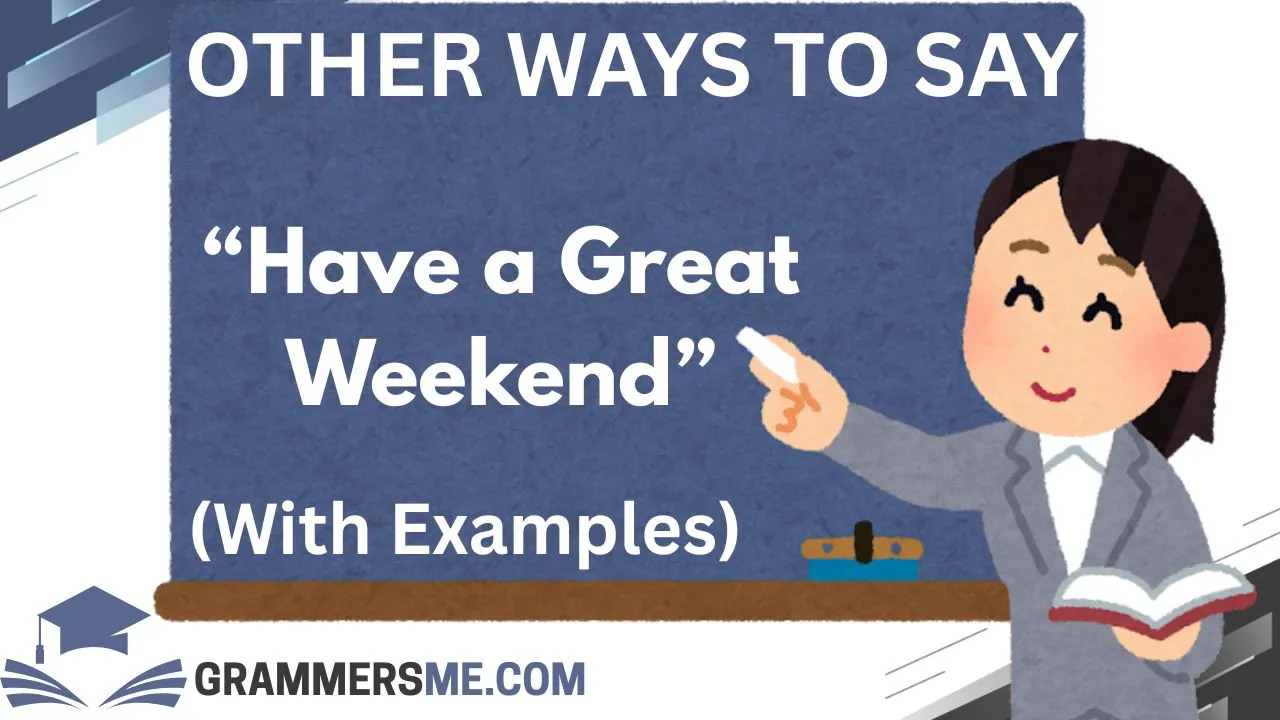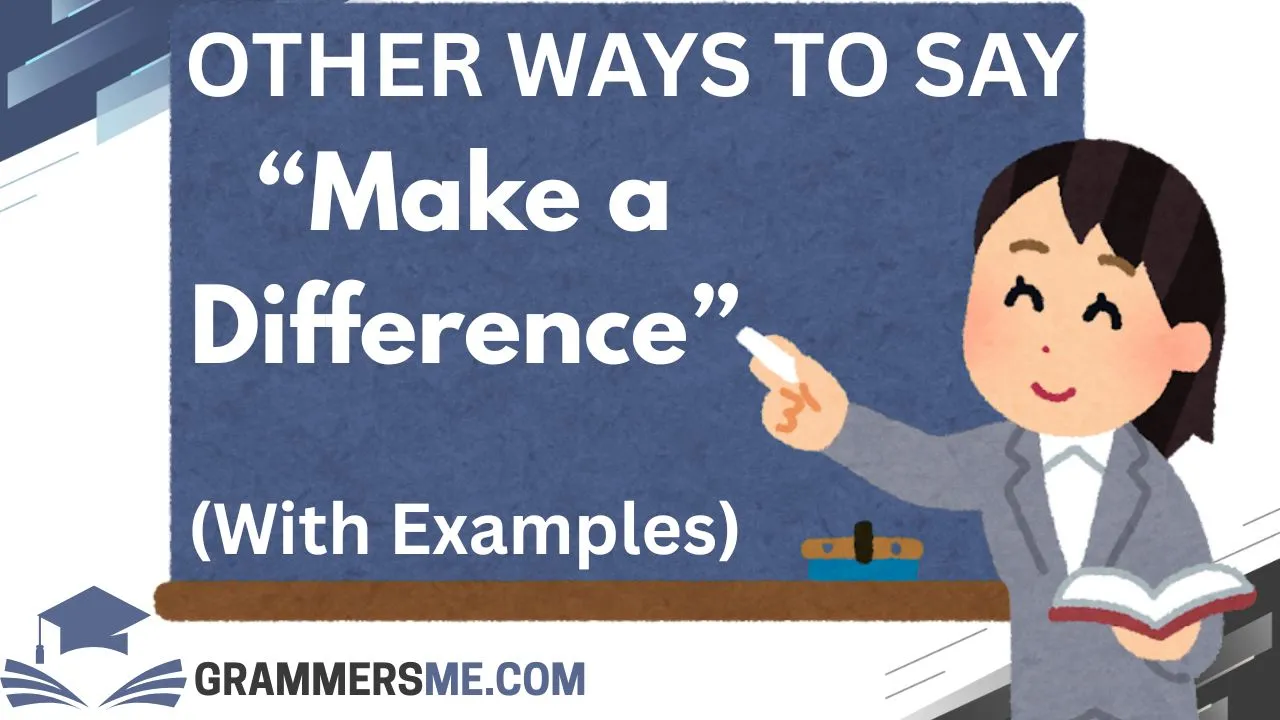Finding the right words to express how you feel about someone’s presence can make a conversation more meaningful and engaging. Sometimes, saying “happy to see you” can feel a little too standard or casual, and you might want to find a more heartfelt or unique way to communicate that sentiment. In this article, we’ve compiled 30 alternatives to saying “happy to see you”, with examples, explanations, and best-use scenarios for each.
Whether you’re greeting a friend, colleague, or loved one, these phrases will help you express your warmth and care in ways that feel genuine and thoughtful.
What Does “Happy to See You” Mean?
Before diving into the alternatives, let’s first explore what “happy to see you” means. This phrase is often used to convey warmth, enthusiasm, and a sense of connection when encountering someone after some time apart. It reflects your genuine pleasure and joy at seeing that person again.
The phrase can be used in both formal and informal settings, though its tone is typically friendly and welcoming. It’s a way to let someone know that their presence brings you joy, whether it’s a casual catch-up or a more meaningful reunion.
Is It Professional/Polite to Say “Happy to See You”?
In most cases, saying “happy to see you” is polite and professional, especially in casual work environments or when reconnecting with colleagues or clients you know well. However, in more formal or hierarchical settings, you might want to opt for something a bit more reserved. For example, saying “It’s a pleasure to see you” can maintain professionalism while still expressing warmth.
With that in mind, here are 30 other ways to express your happiness at seeing someone, along with their meanings, best uses, and examples.
1. It’s Great to See You!
Meaning: A cheerful way to express genuine happiness when seeing someone.
Explanation: This phrase is enthusiastic and upbeat, showing that you’re happy to be in the person’s company. It’s casual yet welcoming.
Scenario Example: “Wow, it’s been so long! It’s great to see you!”
Best Use: Use with friends or acquaintances, especially after a long time apart.
Not Use: In formal professional settings.
2. So Happy to Catch Up!
Meaning: Expressing excitement about reconnecting and having a conversation.
Explanation: This conveys your eagerness not only to see the person but also to engage in meaningful conversation.
Scenario Example: “I’ve missed you! So happy to catch up today.”
Best Use: When meeting up with a close friend or colleague you haven’t spoken to in a while.
Not Use: For very formal or business-related greetings.
3. It’s Such a Joy to See You!
Meaning: A heartfelt expression of happiness that emphasizes the emotional joy of the encounter.
Explanation: This phrase communicates a deeper sense of happiness, almost like the person’s presence makes your day better.
Scenario Example: “I can’t believe we’re finally meeting in person! It’s such a joy to see you.”
Best Use: When meeting a loved one or someone you have a strong bond with.
Not Use: In formal business environments.
4. I’m So Pleased to See You!
Meaning: A formal yet warm expression of happiness at seeing someone.
Explanation: It’s slightly more formal than “happy to see you,” but still conveys genuine pleasure and enthusiasm.
Scenario Example: “It’s been a while since we last met. I’m so pleased to see you again.”
Best Use: In semi-formal or formal settings, such as professional meetings or greeting acquaintances.
Not Use: For casual or informal greetings among close friends.
5. What a Delight to See You!
Meaning: A sophisticated and charming way to express happiness at someone’s presence.
Explanation: This phrase is a bit more refined, showing delight in the other person’s presence with a touch of elegance.
Scenario Example: “Ah, there you are! What a delight to see you today.”
Best Use: In formal settings, such as at a professional gathering or social event.
Not Use: In overly casual situations or when speaking to someone you’re very familiar with.
6. It’s Wonderful to See You Again!
Meaning: A warm, welcoming way to express happiness at meeting someone once more.
Explanation: This phrase emphasizes the “again”, which is often used to show the joy of reuniting after a period of separation.
Scenario Example: “It’s wonderful to see you again after all this time! How have you been?”
Best Use: When meeting someone after a significant time apart.
Not Use: In professional environments where a more neutral greeting would be preferred.
7. I’m Thrilled to See You!
Meaning: An excited and enthusiastic way to show that you’re really looking forward to seeing someone.
Explanation: “Thrilled” adds an extra layer of excitement and eagerness.
Scenario Example: “Oh my gosh, it’s you! I’m thrilled to see you!”
Best Use: Use with close friends or family in casual settings.
Not Use: In professional settings, as it may come across as overly informal.
8. How Wonderful to See You!
Meaning: A refined and positive way to express that you’re happy to see someone.
Explanation: This phrase can convey both formality and warmth, depending on your tone and the context.
Scenario Example: “How wonderful to see you after such a long time!”
Best Use: In more formal situations, such as a business gathering or meeting an older relative.
Not Use: In very casual, relaxed settings.
9. I’m Excited to See You!
Meaning: Shows enthusiasm and eagerness about meeting the person.
Explanation: This conveys that you’ve been looking forward to seeing the person.
Scenario Example: “I’m excited to see you today; we have so much to talk about!”
Best Use: When you’re genuinely excited about spending time with someone.
Not Use: In formal or serious situations.
10. Such a Pleasure to See You!
Meaning: A polite, heartfelt expression of enjoyment when seeing someone.
Explanation: This phrase is warm yet slightly more reserved, making it suitable for various social situations.
Scenario Example: “It’s been too long! Such a pleasure to see you again.”
Best Use: In semi-formal settings or when greeting someone you respect or admire.
Not Use: In overly casual interactions.
11. I’m So Glad You’re Here!
Meaning: Expresses relief and happiness that someone has arrived or is present.
Explanation: This phrase is great when you’re especially happy that someone has arrived or made time to be with you.
Scenario Example: “I’m so glad you’re here! I’ve been waiting to catch up.”
Best Use: When meeting up with a close friend, family member, or someone you’ve been expecting.
Not Use: In situations where you’re trying to maintain a professional tone.
12. It’s a Pleasure to See You!
Meaning: A formal, yet welcoming way of expressing happiness at seeing someone.
Explanation: While formal, this phrase can still express warmth and care when used in the right context.
Scenario Example: “It’s a pleasure to see you again. How have you been?”
Best Use: When meeting someone in a professional or formal social setting.
Not Use: In informal settings where a more casual greeting would suffice.
13. I’m So Happy We Ran Into Each Other!
Meaning: Expresses joy at a chance encounter, often used when meeting unexpectedly.
Explanation: This phrase highlights the spontaneity and happiness of the meeting.
Scenario Example: “Wow, I didn’t expect to see you here! I’m so happy we ran into each other.”
Best Use: When meeting someone unexpectedly in a public place.
Not Use: When planning a meeting or encounter ahead of time.
14. So Glad to See You!
Meaning: A straightforward, friendly way to express happiness when seeing someone.
Explanation: It’s casual and genuine, without being too formal or over-the-top.
Scenario Example: “Hey! So glad to see you again, how’ve you been?”
Best Use: In casual, informal settings with friends or acquaintances.
Not Use: For more formal or professional interactions.
15. It’s Lovely to See You!
Meaning: A charming way of expressing joy and appreciation for seeing someone.
Explanation: “Lovely” adds a touch of kindness and sophistication to the greeting.
Scenario Example: “It’s lovely to see you again after such a long time!”
Best Use: In semi-formal to informal settings, especially when meeting someone you like.
Not Use: In very formal or business contexts.
16. I’m So Happy You Made It!
Meaning: Expresses joy that someone has arrived or attended an event.
Explanation: It shows appreciation for the person making the effort to be there.
Scenario Example: “I’m so happy you made it to the party! It wouldn’t have been the same without you.”
Best Use: When welcoming someone to an event or gathering.
Not Use: For casual, unplanned encounters.
17. It’s Been Too Long! So Glad to See You!
Meaning: Expresses a combination of happiness and relief at finally reconnecting.
Explanation: This phrase highlights the time that has passed since your last meeting, making the reunion even more special.
Scenario Example: “It’s been too long! So glad to see you finally!”
Best Use: For reunions after a long separation, like with old friends or relatives.
Not Use: For brief, casual meetings with acquaintances.
18. I’ve Been Looking Forward to Seeing You!
Meaning: Shows anticipation and excitement for the meeting.
Explanation: This phrase emphasizes the fact that you’ve been eager to reconnect with the person.
Scenario Example: “I’ve been looking forward to seeing you all week!”
Best Use: When meeting someone you have been excited to reconnect with.
Not Use: In overly formal business settings.
19. You’ve Made My Day by Being Here!
Meaning: A very personal and heartfelt way to show how happy you are to see someone.
Explanation: This phrase conveys that the person’s presence has had a positive impact on your day.
Scenario Example: “Wow, you’ve made my day by being here! I’ve missed you so much.”
Best Use: For close friends, family, or those you share a deep connection with.
Not Use: In professional or formal situations.
20. It’s Fantastic to See You!
Meaning: A high-energy, enthusiastic way of showing excitement.
Explanation: This phrase conveys genuine happiness and energy, making it ideal for upbeat interactions.
Scenario Example: “It’s fantastic to see you! Let’s catch up!”
Best Use: With friends, colleagues, or acquaintances in informal settings.
Not Use: In formal or serious situations.
21. I’m Over the Moon to See You!
Meaning: Expresses extreme joy, often used in very personal or close relationships.
Explanation: This phrase conveys an immense level of happiness, almost as if you couldn’t be happier to see the person.
Scenario Example: “I’m over the moon to see you! It’s been way too long!”
Best Use: For close, intimate settings with friends or family.
Not Use: In professional or business settings.
22. What a Surprise to See You!
Meaning: Used when meeting someone unexpectedly, showing delight in the surprise.
Explanation: It emphasizes the element of surprise and the joy of running into someone you know.
Scenario Example: “What a surprise to see you here! I wasn’t expecting it.”
Best Use: When meeting someone unexpectedly in a random location.
Not Use: When meeting someone you’ve planned to see.
23. It’s Such a Blessing to See You!
Meaning: A deeply heartfelt expression of gratitude for someone’s presence.
Explanation: This phrase has a spiritual undertone, showing that you feel blessed to have the person in your life.
Scenario Example: “It’s such a blessing to see you after so long. I’ve missed you!”
Best Use: In personal, meaningful interactions, especially with people you deeply care about.
Not Use: In formal or business settings.
24. I Can’t Believe How Happy I Am to See You!
Meaning: A highly emotional and exuberant way to show your joy.
Explanation: This phrase conveys that the person’s presence has truly made your day and fills you with happiness.
Scenario Example: “I can’t believe how happy I am to see you! It’s been way too long!”
Best Use: In very personal or emotional situations.
Not Use: For casual, professional settings.
25. How Lovely to See You Again!
Meaning: A gentle, pleasant way to express your joy at someone’s presence.
Explanation: This phrase is polite, yet expresses warmth and appreciation.
Scenario Example: “How lovely to see you again after all this time!”
Best Use: When greeting someone you’ve met before but haven’t seen recently.
Not Use: For first-time meetings or in very formal settings.
26. I’m So Grateful You’re Here!
Meaning: Expresses gratitude for someone’s presence, as if it means a lot to you.
Explanation: This phrase shows that the person’s presence is important to you, beyond just being a casual greeting.
Scenario Example: “I’m so grateful you’re here! It’s so good to see you!”
Best Use: When meeting someone you deeply appreciate.
Not Use: In formal business settings.
27. You’ve Made My Day!
Meaning: Similar to “You’ve Made My Day by Being Here” but a bit more casual.
Explanation: It shows that the person’s presence has brought a positive change to your mood or day.
Scenario Example: “You’ve made my day by showing up! I was just thinking about you.”
Best Use: For friends or family you’re happy to spend time with.
Not Use: For professional contexts or when meeting people you don’t know well.
28. I’m So Glad We Could Meet Up!
Meaning: Expresses happiness about scheduling and meeting with someone.
Explanation: This phrase emphasizes the effort to coordinate and meet with the person.
Scenario Example: “I’m so glad we could meet up today! Let’s make the most of our time.”
Best Use: For meetings you’ve planned ahead of time.
Not Use: For unexpected encounters.
29. It’s Been Too Long, My Friend!
Meaning: A personal way of expressing joy when seeing someone you’re close to.
Explanation: This phrase conveys both the joy of reunion and the special bond you share with the person.
Scenario Example: “It’s been too long, my friend! How’ve you been?”
Best Use: For friends or family members you have a close connection with.
Not Use: In professional or formal settings.
30. I’m So Happy We’re Finally Together!
Meaning: Expresses ultimate happiness when reuniting after being apart.
Explanation: This phrase is great for reunions, especially when you’ve been separated for a long time.
Scenario Example: “I’m so happy we’re finally together after all this time!”
Best Use: For romantic partners, close friends, or family members.
Not Use: In formal, professional settings.
Conclusion
Expressing joy when seeing someone is a meaningful way to connect and show care. The alternatives provided in this article allow you to move beyond the typical “happy to see you” and offer phrases that add more depth, warmth, and personality to your greetings. The key is to match your language to the tone and relationship you have with the person, making the moment feel even more special.
FAQs
1. Is it okay to say “happy to see you” in a professional setting? Yes, but in more formal settings, it’s best to use something like “It’s a pleasure to see you” or “I’m glad to see you again.”
2. How do I know which alternative to use? Consider the tone of your relationship and the setting. For close friends, more enthusiastic phrases like “I’m over the moon to see you!” work well, while in professional settings, “It’s wonderful to see you” is a safer choice.
3. Can I use these phrases for first-time meetings? While most of these alternatives are great for reunions, for first-time meetings, you might want to go with more neutral phrases like “It’s nice to meet you.”
4. How can I make my greeting feel more personal? Focus on the context of your relationship. A simple “I’ve missed you!” or “It’s been too long!” can make the greeting feel more intimate.
5. Can I use these alternatives for virtual meetings? Absolutely! Phrases like “I’m thrilled to see you on screen!” or “I’m so happy we could catch up” work great in virtual settings.




